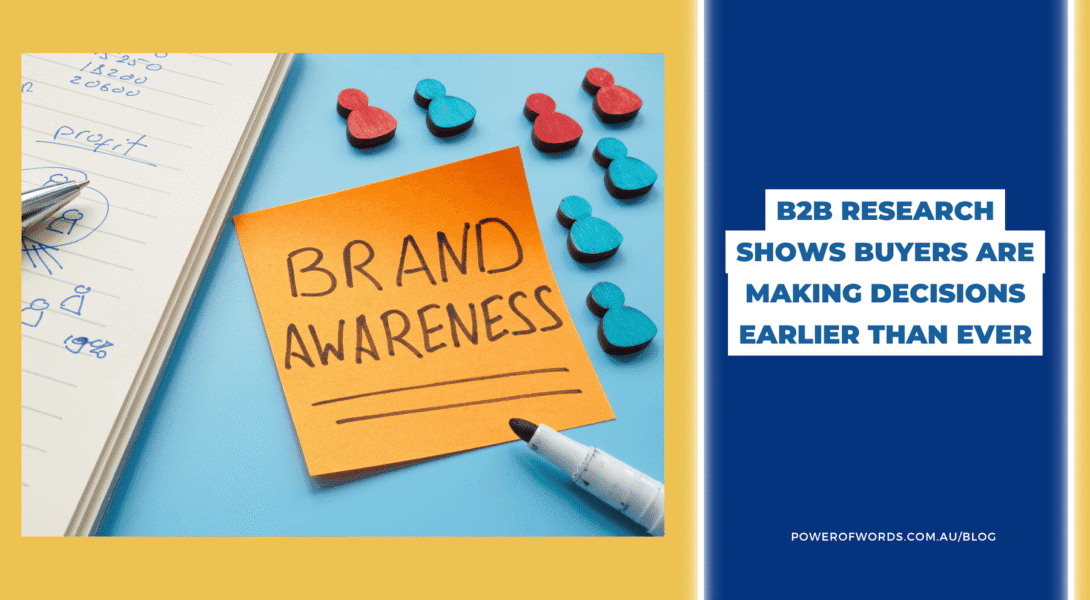Aligning Words and Images for Effective Communication
The Importance of Consistency in Messaging
In the realm of digital marketing, consistency in messaging is key. What I mean is the integration of visual and textual elements, ensuring that both work together harmoniously to convey a unified message. There is a very good reason to think about this.
When company brands maintain consistency in their communication, their look and feel, they enhance their ability to foster brand recognition. This is particularly critical in a marketplace saturated with competing messages, which, let’s face it, is all online sources.
A unified message not only aids in building recognition but also establishes a sense of trust and reliability among consumers. When visuals and text align seamlessly, audiences are more likely to process the information effectively, as they find themselves navigating through a clear narrative rather than a disjointed one. The synchronicity between images and words reinforces the core message, amplifying its impact and making it more memorable.
Cognitively, individuals often assimilate visual information more efficiently than text alone. This highlights the importance of integrating visuals with language, as we might do in coloured diagrams. When visuals of any kind complement textual messages, they serve as anchors that help audiences retain information and draw connections. Research has shown that individuals are more prone to remember information that is presented in a visually coherent format, which is another reason to consider visuals and what they ‘say’.
Moreover, maintaining consistency across various communication channels—be it social media, advertisements, or websites—ensures that the audience receives the same message regardless of the medium. This approach not only strengthens brand identity but also cultivates a more engaging experience for consumers, ultimately fostering deeper connections between the brand and its audience.
Understanding Visual and Language-Based Brains
The human brain processes information through distinct yet interconnected pathways. When it comes to communication, understanding how visual and language-based parts are connected can help when it comes to copywriting and organising content.
Research in cognitive psychology reveals that individuals tend to process visual stimuli and linguistic data differently. While some people exhibit a preference for visual learning, others find linguistic information more accessible. This difference necessitates a dual approach in crafting messages that resonate with diverse audiences.
Visual perception is often instantaneous and can evoke immediate emotional responses. For instance, images have the unique ability to convey messages quickly without the need for extensive verbal explanation. This capacity makes them particularly powerful in contexts where an immediate impact is desired. Conversely, linguistic interpretation relies on a more methodical approach. Words require time to be processed and understood, engaging the cognitive functions that decode sentences and grammar. As a result, it is crucial to tailor communication strategies to appeal to both visual and verbal learners.
The integration of imagery and text is pivotal in strengthening the conveyed message. When selecting visuals, it is essential that they align closely with the accompanying language. This alignment not only reinforces the theme presented but also ensures clarity and reinforces retention of the information. For example, a compelling photograph paired with a well-crafted narrative can create a more profound understanding than either element might achieve independently. Conversely, some images and some typefaces clash with the text’s meaning, giving it less force. Therefore, recognising the psychological aspects of how our brains engage with both visual and language-based information allows communicators to send home a strong message.
Design Elements that Enhance Alignment
Effective communication relies heavily on the harmonious alignment of words and images. To achieve this, several design elements come into play, including colour schemes, typography, and layout. Each of these components contributes to creating a cohesive message that resonates with the audience.
Firstly, colour schemes should be carefully selected to evoke the desired emotional response. For instance, brands like Coca-Cola use a red colour palette that not only stands out but also conveys excitement and energy, aligning perfectly with their promotional messages. As someone pointed out to me the other day, their brand remains consistent across all different platforms. They used to paint corner stores in red and white, which is a subliminal use of their brand colours.
Typography also plays a crucial role in enhancing alignment. The choice of fonts can significantly affect readability and brand perception. For example, Apple’s use of minimalistic Helvetica font communicates sophistication and innovation, aligning their visual identity with their ethos of simplicity and modernity. When selecting typography, it is essential to consider font size, weight, and style to create a hierarchy that guides the reader’s attention effectively through the textual content.
Additionally, layout is a fundamental design element that influences how words and images interact. A well-structured layout can lead the viewer’s eye from one element to another, ensuring that the message is conveyed clearly. Companies like IKEA excel in layout design, using white space effectively to create a clean, organised look that underscores the functionality of their products. Applying grid systems can help maintain alignment throughout different materials, from printed brochures to digital platforms.
By focusing on these design elements and applying them consistently, brands can create a powerful visual language that enhances alignment between their words and images. This strategic approach not only aids in brand recognition but also fosters a strong connection with the audience, making the message more memorable and impactful.
Practical Tips for Creating Cohesive Content
Effective communication through content is an art that requires careful alignment of words and visuals. To create a cohesive message, writers and designers can follow some guidelines when designing their projects. First, it is essential to establish a clear brand identity that dictates the tone, style, and imagery that will be used across all content. Use style guides or brand templates to maintain consistency in typography, colour schemes, and graphic elements. Consistency in these areas helps reinforce the brand’s message and makes recognition easier for your audience.
Before finalising any piece of content, a review process should be implemented. Writers and designers should collaborate closely during the drafting phase, ensuring that text and images complement one another. This may involve verifying that visuals support the key points made in the copy, which, in turn, helps avoid any potential misunderstanding that could arise from misaligned content. Additionally, mock-ups and drafts can be shared with team members to gather diverse perspectives and constructive feedback early in the process.
Utilising various tools and resources can streamline the process of aligning content. Software such as Canva, with its brand kit, allows for easy integration of the right colours, text and images, all accessible among team members. Furthermore, project management tools like Trello or Asana can help track adjustments made in visual and written components. Importantly, doing regular reviews can lead to refinements that elevate the quality of the material produced. Repeated iterations based on feedback tend to create a unified brand voice while helping to convey the intended visual identity.
In conclusion, by following these practical tips and embracing a collaborative approach, writers and designers can effectively create cohesive content that resonates with their audience while reinforcing their brand identity.





